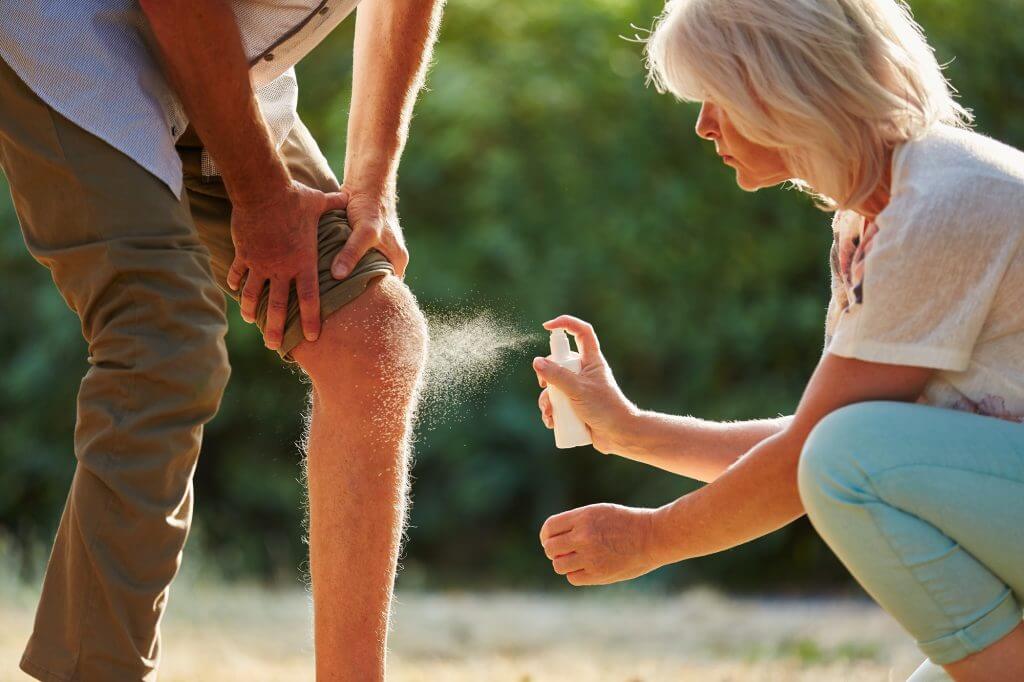
Falls in Older Adults: Why they Happen and How to Prevent Them


Every year, 1 out of 3 adults over the age of 65 will fall. Many of these falls result in fractures, which may result in lengthy hospital stays, unwanted medical expenses, and even disability or loss of mobility or independence altogether. In fact, studies have found that “falls are a strong predictor of placement in a skilled-nursing facility.”
For older adults who want to maintain their independence, taking precautions to minimize the risk of falling just makes sense.
The good news is that there are many ways you can reduce your chances of falling. By staying healthy, active, and maintaining good preventative medicine, many falls can be eliminated altogether.
Who Falls and When?
If you’re over the age of 65, preventing falls is something that has probably crossed your mind.
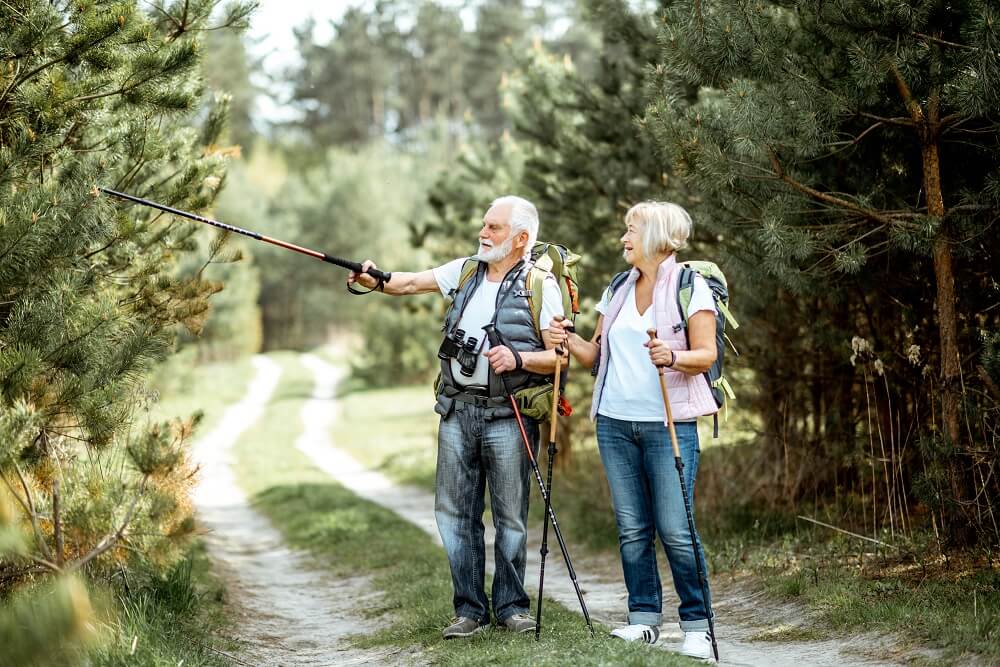
“Most injuries in the elderly are the result of falls,” according to the Institute of Medicine, and “fractures of the hip, forearm, humerus, and pelvis usually result from the combined effect of falls and osteoporosis.” Although, elderly persons with comorbid health conditions are more likely to suffer a fall, even healthy older adults are at a greater risk of falling as compared to their younger peers.
Up to a third of older adults over the age of 65 suffer a fall at least once a year; for those residing in nursing facilities or skilled-care facilities, that number increases to 60 percent. Worse, falling once doubles the chance of a subsequent fall. Here are some more stats about falls:
- More women fall than men
- More than half of those who fall don’t tell their doctor
- Over 800,000 adults are hospitalized every year due to injuries resulting from falls
- 15-20% of falls result in serious injury
- More than 95% of hip fractures are caused by falling
- Hip fractures are predictive of admission to nursing homes and care facilities
What Increases Your Chance of Falling?
While the risk of falling increases with age, simply getting older isn’t generally the only cause of falls. Other factors that may increase the risk for falling include:
- Muscle weakness. Many older adults have lost some degree of muscle strength or tone, which can affect overall physical fitness.
- Balance and gait problems. People with balance issues or those who shuffle when they walk have proven to be at higher risk for falling.
- A drop in blood pressure when standing (postural orthostatic hypotension). The common “head rush” feeling when standing up too quickly after being seated or lying down can cause dizziness and even fainting, which can result in a fall.
- Confusion. Older adults (particularly those suffering from any form of cognitive decline) may experience confusion, such as waking up and not remembering where you are, that can lead to accidents.
- Bad footwear. Choosing quality shoes with good traction can go a long way towards a more secure footing.
- Medical conditions. Older adults are naturally more likely to have comorbid health conditions, from high blood pressure to diabetes to cancer; many of the symptoms (not to mention treatments) of these conditions can affect one’s balance, strength, or cognition, which could increase your risk of falling.
- Medications. Psychotropic medications, in particular, can often cause side effects such as dizziness or lightheadedness, which may affect balance and coordination.
- Impaired vision. Eye conditions that interfere with any aspect of vision can lead to tripping or falling.
- Environmental factors. While falls can happen rather spontaneously, more frequently some kind of hazard acts as a precipitating factor–an icy sidewalk, furniture that’s slightly out of place, or someone leaving their shoes where you can trip over them are all more about your surroundings than they are about you.
Osteoporosis Could Make a Bad Fall Worse
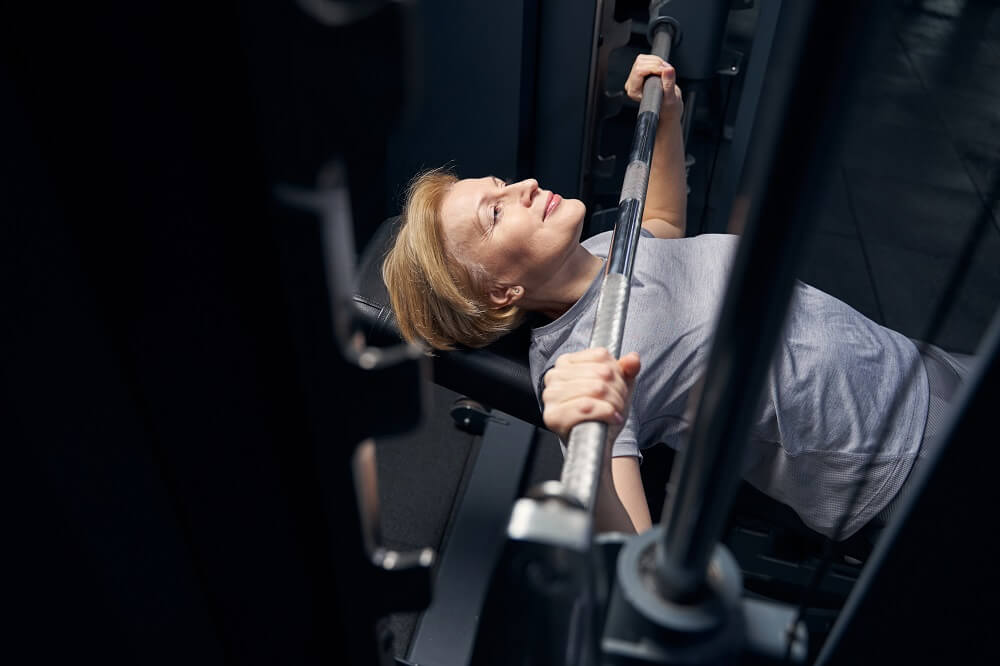
One of the most important conditions related to falling and fractures is osteoporosis. Weight training is the one of the best things you can do to help maintain strong bones and prevent osteoporosis.
Fifty four million Americans age 50 or over have (or are at risk for) osteoporosis, a bone disease that primarily decreases one’s bone mineral density (BMD). Osteoporosis makes bones less dense, more brittle, and therefore more prone to breaking. It causes two million fractures a year and costs the US over $19B in healthcare spending.
Having osteoporosis may not directly increase your risk of falling; but those who have the condition are more likely to suffer a fracture or other injury when falls do occur. It’s also a “largely preventable” condition.
Here are some general tips for good bone health:
- Stay physically active. In particular, weight-bearing exercise or strength training shows the most benefit for strengthening bones.
- Maintain a healthy diet. Calcium and vitamin D, along with a nutritious diet overall, are critical for bone health.
- Stop smoking and avoid excessive alcohol intake. Both of these have shown to reduce bone density
- Have your risk assessed. A simple screening by your doctor can show if you need a bone mineral density test.
Although preventing or treating osteoporosis may not directly decrease the risk of falling, it may go a long way towards improving the outcome for those who do suffer a fall.
Fear of Falling can Exacerbate the Problem
Given the fact that falling and fractures can have a major impact on quality of life, it’s not surprising that many older adults experience a fear of falling. Unfortunately, this fear has shown to lead to (among other things) self-imposed restriction of certain activities, which can itself lead to a decline in quality of life.
Any decrease in physical activity for older adults has the potential to kick off a vicious cycle: restriction of activities may lead to a decrease in overall physical activity, which can increase the time spent sedentary. Both factors (less physical activity plus more sedentary activity) increase the risk for all-cause mortality in older adults.

Screening for Osteoporosis
Screening for osteoporosis is possible, along with diagnostic tools and effective treatments, but they are underused, leading to increased medical spending due to fractures from falls. Increased screening, assessment, and treatment for osteoporosis, particularly for high-risk individuals, would prevent “6.1 million fractures over the next 22 years while reducing payer costs by $29 billion and societal costs by $55 billion.”
Assessing Risk for Falling
Over the last few decades, experts have come up with many ways to assess the risk of falling. This is a complicated process that can sometimes involve subjective judgments, such as a practitioner’s appraisal of a patient’s gait and walking speed as they walk from the waiting room to the exam room, for example. Doctors may screen all older adults for fall risk by assessing just these three factors:
- Falls and/or fall-related injuries sustained in the previous year
- A feeling of fear of falling
- A feeling of unsteadiness when walking or standing
Although there are many factors that make assessing fall risk complex for practitioners, these three factors were found to be the most predictive of whether an individual will fall.
If one of the above three factors is recognized, the doctor should perform a more thorough assessment involving objective measures of balance, walking speed, and muscle strength. Those who have suffered recurrent falls or a hip fracture, as well as anyone with a balance, muscle strength, or walking/gait disorder, is automatically considered high risk for a fall.
How to Prevent Falls:
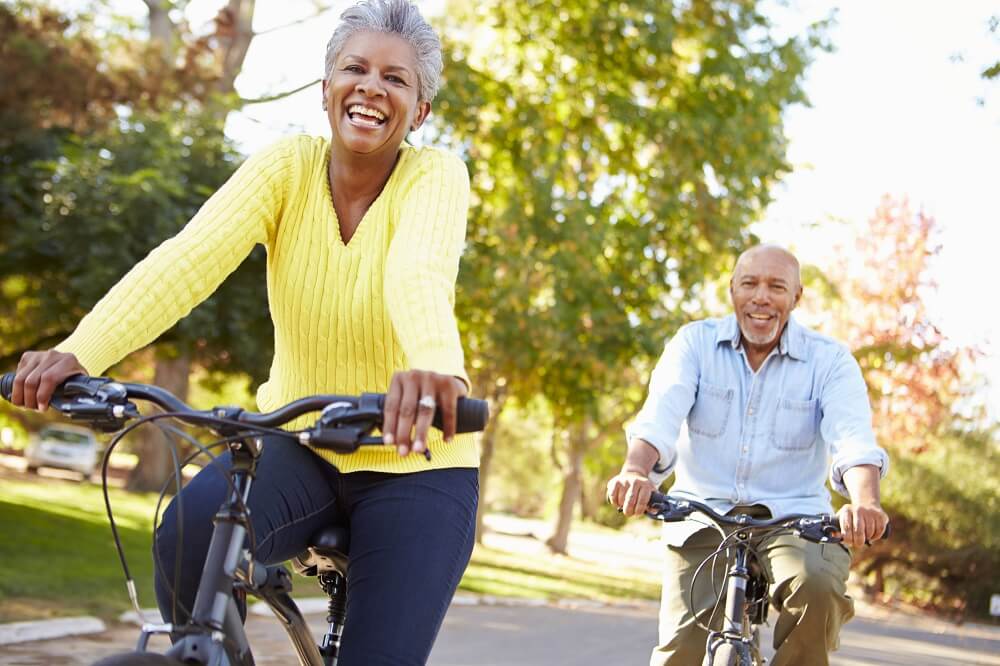
1. Strength training
Weight-bearing exercise can improve bone mass and reduce the effects of osteoporosis. Not only does strength training fortify your bones, but it also builds muscle mass–something that older adults tend to have less of.
2. Stay physically active
Americans overall are trending towards more sedentary. Older adults (who are, as a group, getting even older) are already the most sedentary group of individuals. Specifically, you want exercise programs that target the following:
3. Balance training
Gentle yoga and tai chi are good examples of exercise regimes that can improve your balance, which reduces your risk of falling.
4. Flexibility
Increasing your range of motion can help aid balance and coordination.
5. Keep up with routine medical care
Practitioners should screen all adults over the age of 65 for both osteoporosis risk and fall risk. In particular:
- Be honest with your doctor about any falls or injuries sustained from falling; your risk for falling and subsequent injury increases substantially after each fall.
- Keep up with preventative care visits, and stay on top of other health conditions; comorbid disorders increase the risk of falling, particularly ones that affect cognition, balance, or muscle strength.
6. Check your environment
Intrinsic risk factors, such as one’s general state of health, aren’t typically easily modifiable. Falling also can involve extrinsic risk factors, which are changeable. If you’re at risk of falling, you can mitigate risk by checking the following:
- Decluttering can be a boon to your physical and mental health while reducing the risk of tripping on things.
- Check for tripping hazards such as cords, rugs, loose floorboards, etc., especially in high traffic areas.
- Reorganize if needed so that commonly used goods are well within easy reach, and make sure heavy or awkward belongings aren’t stored on high shelves where they could fall.
7. Use support devices if needed
Being honest with yourself about the support and accommodations that you need can keep you healthy and independent longer.
- Use a cane or walker if you need help walking or feel unsteady at all.
- Consider modifying your residence to include things like grab bars in the bathroom/shower, raised toilet seats, or even a step-in bathtub.
The Bottom Line
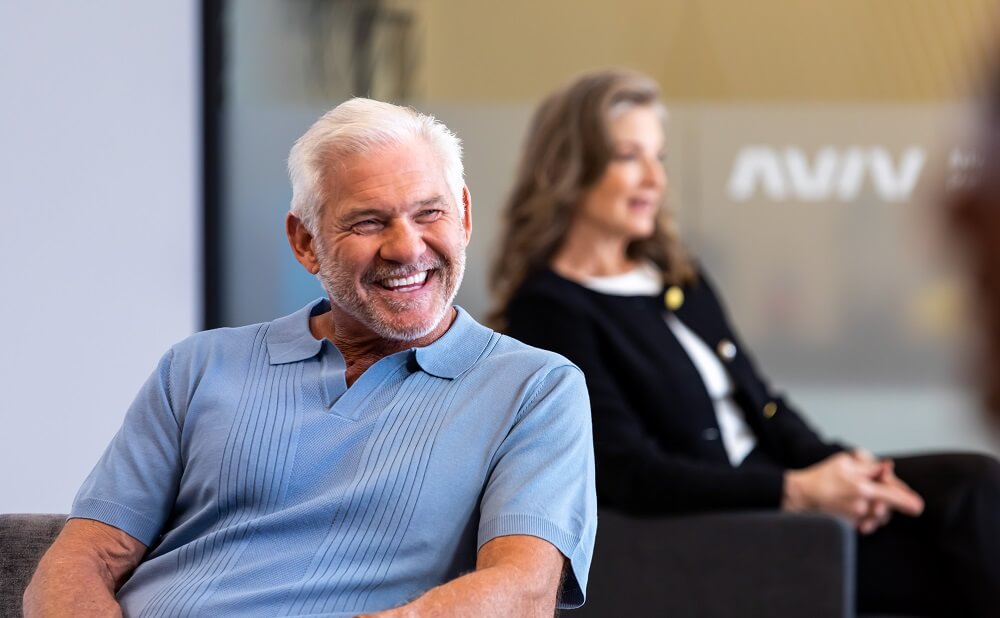
If you want to stay independent as long as possible, it’s worth taking steps to mitigate your risk of falling and injury. Good self-care, staying active, and being open and honest with yourself as well as your doctor can go a long way towards preventing an injury-inducing fall. To learn more about what you can do to improve your healthspan contact the clinic today.



